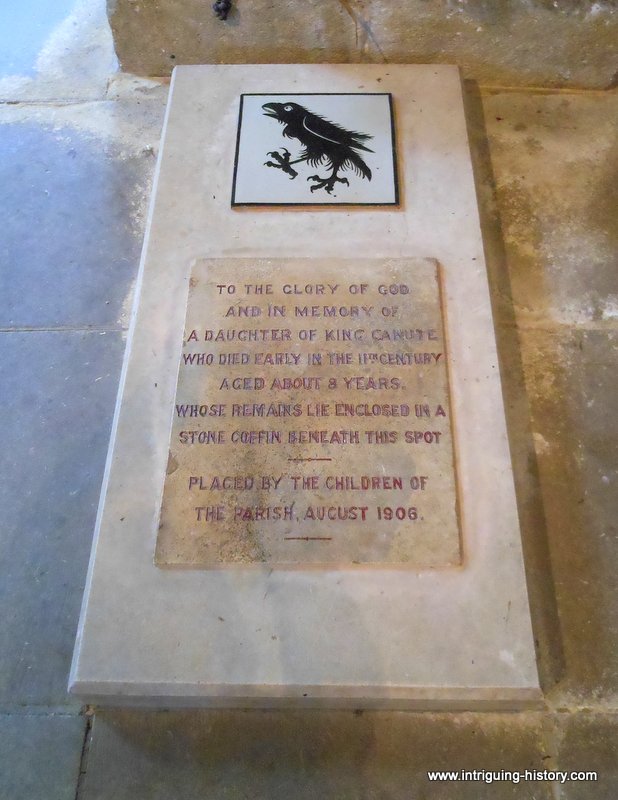 |
| Photo: Alastair Cunningham |
Bosham lies on a small peninsular jutting into Chichester Harbour, a favourite spot for yachting. The village dates at least back to Roman times and tradition holds that Emperor Vespasian maintained a residence there, although there is little evidence of this. The legend I am about to relate concerns the king who ruled England from 1016 until 1035. This was the Dane, Cnut - or, as he is known in England, Canute.
King Canute had a palace at Bosham, probably (according to Wikipedia) where the Manor House now stands. He converted to Christianity which he took to Scandinavia where he was also King of Denmark and Norway.
 There is a common story that he had his throne place on the shore and tried to stop the tide coming in. However, the truth is thought to be that he did this to prove to his over-deferential courtiers that he was not that powerful, saying, "Let all men know how empty and worthless is the power of kings, for
there is none worthy of the name, but He whom heaven, earth, and sea
obey by eternal laws." He then hung his gold crown on a crucifix, and never wore it again "to the honour of God the almighty King". It is said that this took place at Bosham - or maybe Westminster - or maybe Southampton.
There is a common story that he had his throne place on the shore and tried to stop the tide coming in. However, the truth is thought to be that he did this to prove to his over-deferential courtiers that he was not that powerful, saying, "Let all men know how empty and worthless is the power of kings, for
there is none worthy of the name, but He whom heaven, earth, and sea
obey by eternal laws." He then hung his gold crown on a crucifix, and never wore it again "to the honour of God the almighty King". It is said that this took place at Bosham - or maybe Westminster - or maybe Southampton.Anyway, a daughter of King Canute is reputed to have drowned in the nearby mill stream and was
buried in the village church. In 1865 a coffin containing a child's skeleton was discovered, buried in the nave, and this was thought to be the daughter.
There is a legend that Bosham Church was plundered by Danish pirates, who stole the tenor bell. As the pirate ship sailed away, the remaining church bells were rung. The tenor bell miraculously joined in, destroying the ship. The bell is still said to ring beneath the waters whenever the other bells are rung.
Bosham's always lovely to visit. As I often point out, it's important to get the spelling of Cnut right...
ReplyDelete